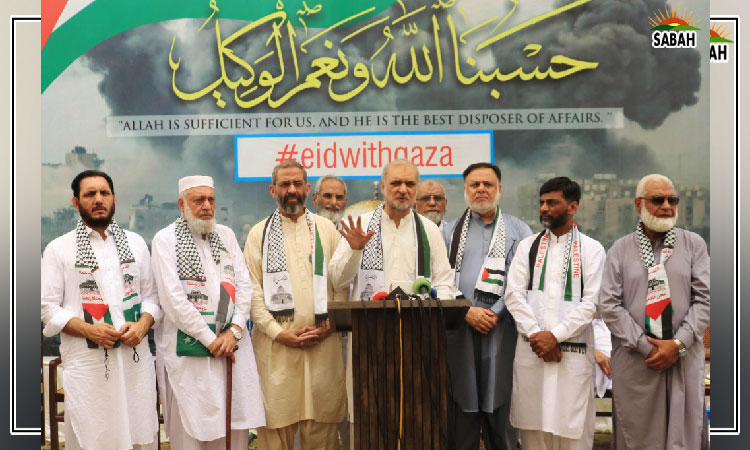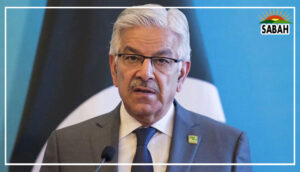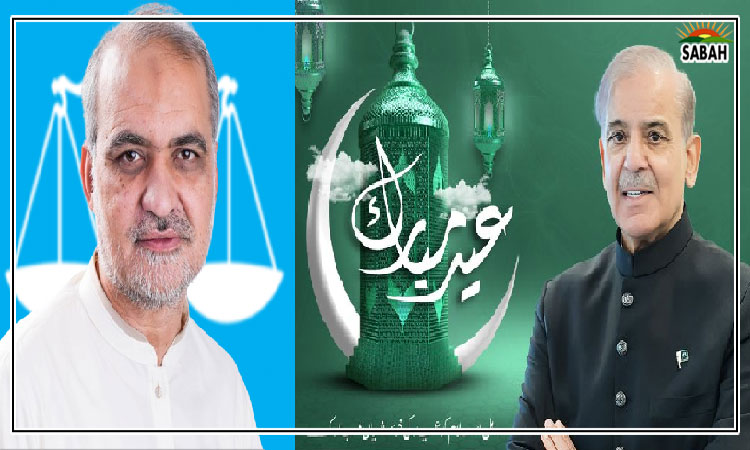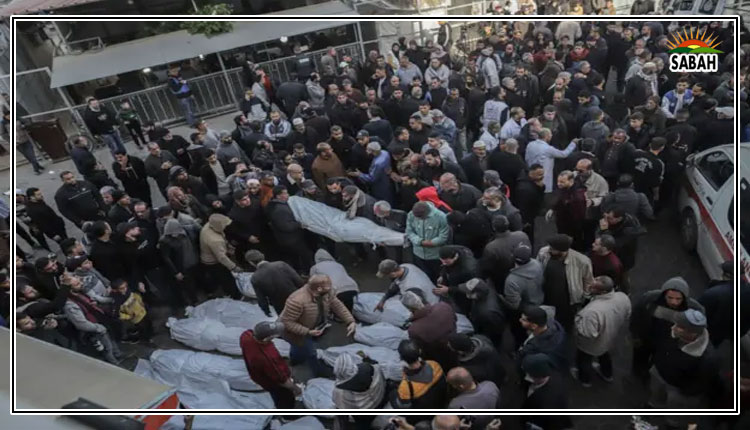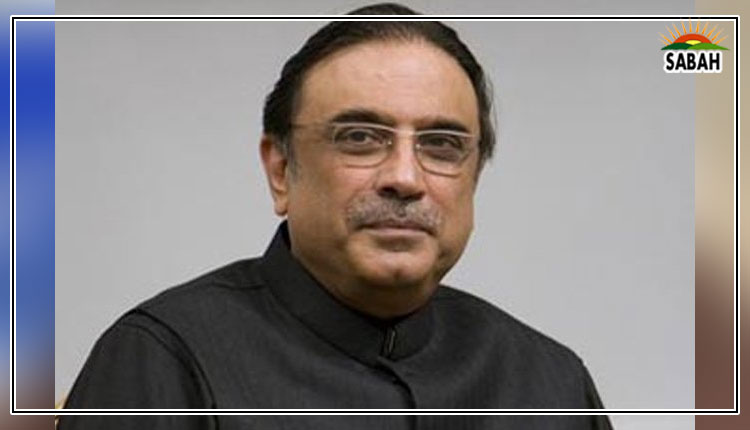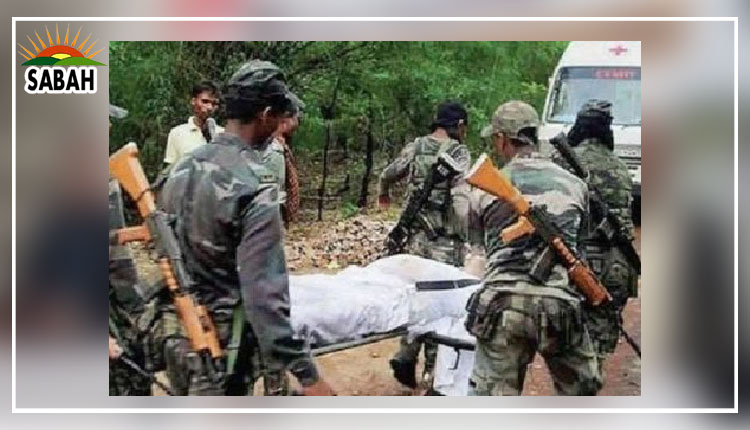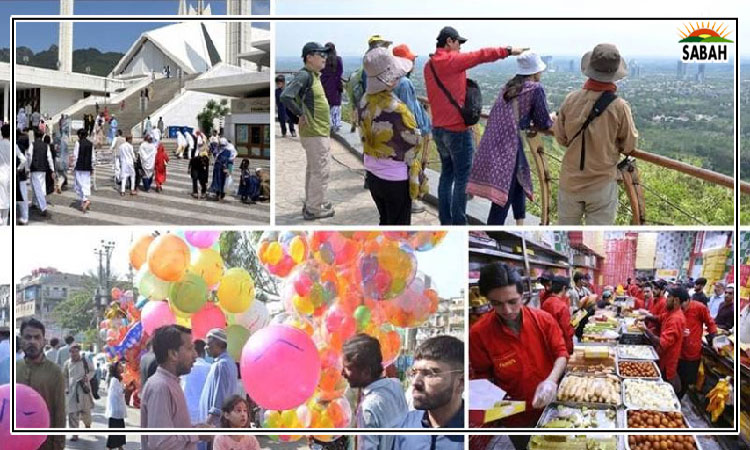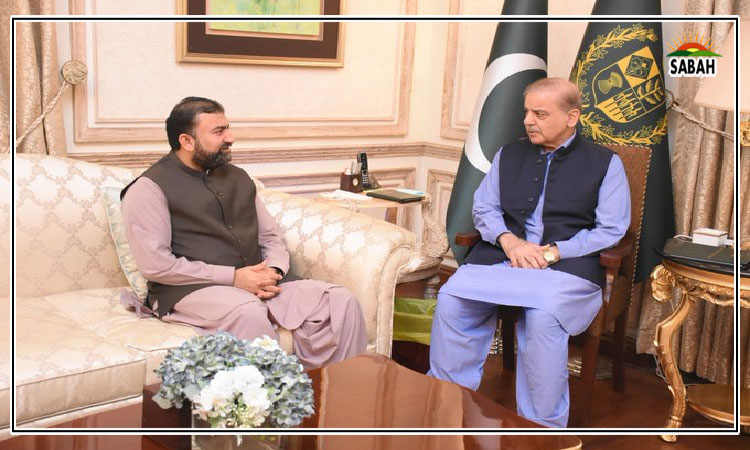Resketching Karachi…Masood Lohar
AMIDST the changing winds of power and politics in Pakistan, Karachi witnesses its first ever mayor from the PPP. The young Murtaza Wahab, a born Karachiite, has to deliver on multiple fronts in addition to facing the earnest political rivalry in the shape of the Jamaat-i-Islami and the PTI’s vote bank.
Karachi’s municipal history is as old as the modern city’s emergence as a key port after the British annexation of Sindh in 1843. Only a year after the establishment of the Municipal Commission in 1852, the latter was turned into the Karachi Municipal Committee. The first local government elections in Karachi were held on Nov 1, 1884.
Before it got converted to the Karachi Municipal Corporation in 1933, among many others Seth Harchand Rai Vishandas (1862-1928) and Jamshed Nusserwanji Mehta (1886-1952) continued as elected presidents of the Karachi municipality. The former is known for his introduction of electricity to Karachi in 1913, which became common in the US not before 1920. This visionary step made Karachi ‘The City of Lights’.
Unlike his predecessors a century ago, when Karachi was known as ‘Queen of the East’, Wahab is taking over a city rated as one of the world’s least liveable cities by the Economist Intelligence Unit. Of 173 cities, Karachi stands at 169th, only a little ahead of war-torn Damascus and Tripoli.
Hosting 10 per cent of Pakistan’s population and two key seaports, Karachi urgently needs bold and innovative measures for environmental improvement, economic growth, and sociocultural progress.
The new mayor’s journey surely can’t follow the beaten track. A lot more innovation and out-of-the-box solutions are needed to bring this city back to normal, if not to its original glory.
Mayor Wahab’s journey mustn’t follow the beaten track.
Some key actions include the restoration of the Lyari and Malir rivers, the creation of wetlands for rainwater harvesting, and the conversion of inhabited islands into ecotourism hubs. Additionally, there is an urgent need to restore Karachi’s key lagoons, Obhayo and Nai Nar, and declare areas like Turtle Beach protected zones.
Promoting urban forests, disaster-risk reduction measures, and coastal mangrove cover is critical for a more resilient city. Simultaneously, fostering economic opportunities for the youth and meeting their recreational needs are equally vital for Mayor Wahab’s ambitious agenda.
Restoring the once-glorious Lyari and Malir rivers is an arduous task that demands immediate attention. Unchecked industrial pollution and untreated sewage have turned these rivers into toxic streams, posing severe environmental and health risks. Restoration efforts can capitalise on creating wetlands within the Lyari and Malir riverbeds, serving as natural reservoirs for rainwater harvesting, mitigating the impact of monsoon flooding, and replenishing the city’s water resources.
Karachi’s four inhibited islands, including Manora, hold great potential for ecotourism development. Collaborating with the native fishing community, Mayor Wahab can ensure that tourism initiatives respect ecological integrity while providing economic opportunities.
The Obhayo and Nai Nar lagoons are vital to Karachi’s ecosystem but have suffered from neglect. Connecting Obhayo lagoon with the sea through an overhead bridge, rather than the current Mai Kolachi road, can facilitate the flow of cleaner water, preserving the mangroves and marine life. Similarly, restoring the Nai Nar lagoon at Sandspit will aid the natural cleaning and washing of the Keamari harbour during low and high tides, improving the overall coastal ecosystem.
The Turtle Beach holds significant ecological importance as it serves as a nesting ground for the endangered green turtle. Mayor Murtaza Wahab can take decisive action by declaring this area a protected zone, implementing strict regulations on development, and promoting responsible tourism practices to safeguard the turtles’ habitat.
Initiating a massive tree plantation campaign and creating urban forests will not only restore biodiversity but also provide recreational areas and cleaner air, addressing the lack of green spaces in Karachi.
Disaster-risk reduction measures, including improved infrastructure, early warning systems, and coastal mangrove cover, can enhance Karachi’s resilience to natural calamities, like the recent near-miss Cyclone Biparjoy.
Leveraging Karachi’s young population, Mayor Wahab can foster economic opportunities by reaching out to Commonwealth countries in need of human resources and providing job training and skill development programmes for unemployed youth.
Creating safe and vibrant recreational spaces will enhance residents’ well-being and strengthen social bonds within the community.
The writer is an environmental expert and Founder of Clifton Urban Forest, Karachi.
mlohar@gmail.com
Courtesy Dawn, July 26th, 2023


